How To Manage Difficult Materials For A Successful Old Home Interior Remodeling
Topic:
Remodel Old Home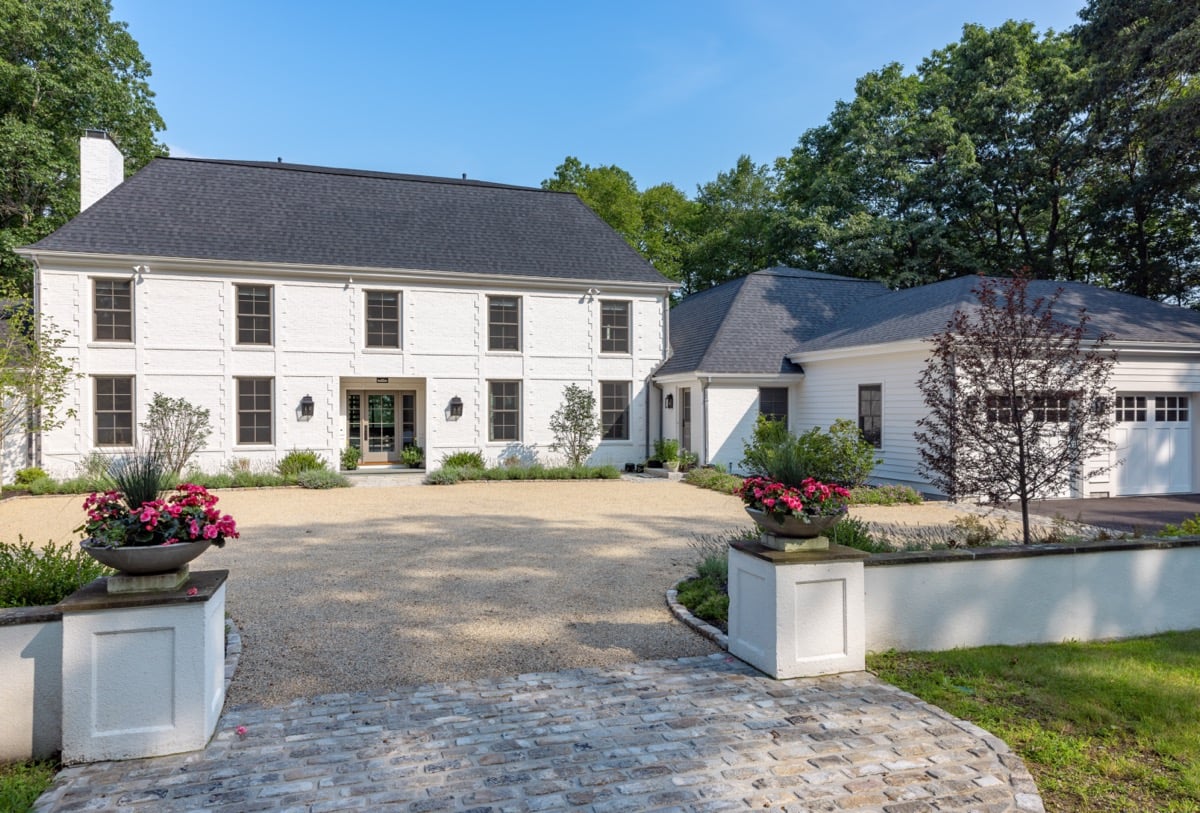
What lurks behind the walls, in the ceilings, and the various other materials and systems of your older home? If I were a comedian (I’m not, as my kids will be more than happy to confirm) I would make a pained face and say, “you don’t want to know!” But as an experienced home remodeler for more than four decades, I can tell you there are materials in older homes that you definitely DO need to know about, especially when you are considering a home renovation.
These difficult materials can be outright hazardous, or just challenging to remove and remediate. It’s often difficult to know what is hazardous and what is not. Materials from different eras are blended together as DIY and professional projects were done over time in the home that is now yours. That’s why it is so important to consult with professionals who know how to spot hazards and deal with difficult building materials during demolition and into the remodeling project.
What Materials Could Be Lurking in My Older Home?
Renovation inevitably will stir things up. When you are updating the interior layout of your home along with mechanical, electrical and plumbing (MEP) systems, you will need to remove old construction materials which may be toxic or just messy and difficult to deal with. This is not the time to take a sledgehammer and prybar to walls and knock things down. It is important to know what you may find and the proper ways of mitigating risk and remove this material during the construction process.
Materials in Wall Construction
If your walls are not surfaced with drywall, the material is likely plaster — with horsehair and other fibers in the mix — on top of lath. Behind the plaster and lath are clues to the age of your home.
For instance, before the 1870s, construction materials — aside from lead paint — were not hazardous, but you never quite knew what you would find under the plaster. Wall construction was not what we expect now; 2 x 6 exterior walls set 16 inches on center and 2 x 4s for interior walls. Before the 1870s, walls would be made of planks of non-standard widths, covering post and beam timber framing.
Between the 1870s and the early 1900s, balloon framing came into vogue. With balloon framing, insead of posts and beams, there are 2x4 studs placed from foundation to roofline. This created an open path for fire to spread. Around the 1920s, the switch was made to a similar approach to what we find today: plate wall systems with a top and bottom plate to block the framing between floors. This prevents fire from spreading so easily from floor to floor.
Opening up walls from any of these eras, you can take out the lath and plaster, and replace it with drywall (or plaster) on top of 2 x 6 exterior walls with tight insulation, and 2 x 4 interior walls.
This is an opportunity to update the framing to meet current codes, as well as update other systems. For instance, behind many old home walls, we often find knob and tube electrical work. This is another fire hazard and the wiring is incompatible with modern electronics. If your outlets are not three-pronged, you may have old knob and tube wiring behind the walls. This is the perfect time to upgrade wiring to comply with codes and keep up with the electricity demands of your home.
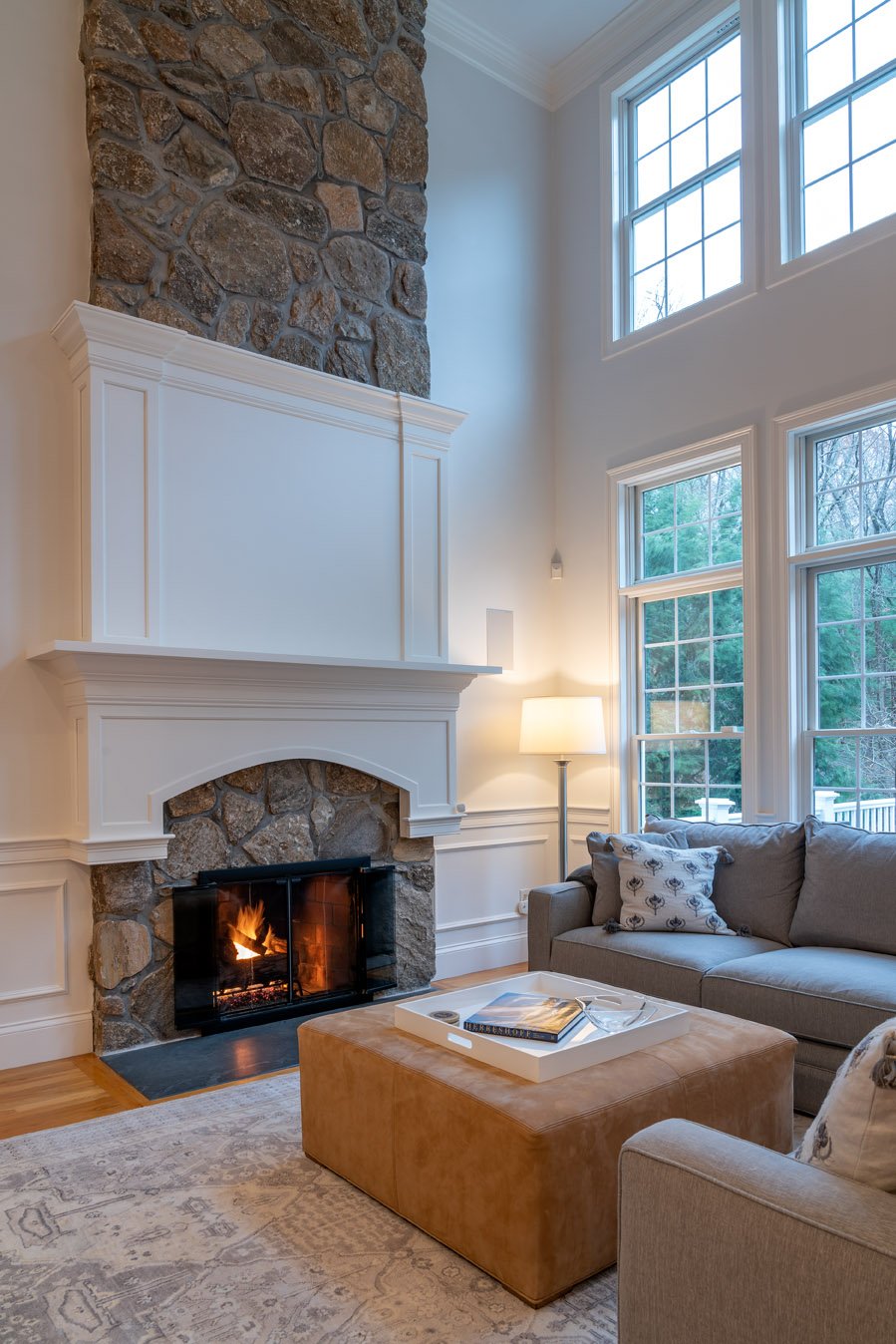
Asbestos
This one is generally top of mind when it comes to difficult materials. Starting in the 1920s, asbestos was used in many, many building materials for its insulative properties as well as fire retardant qualities. It was a seemingly miracle product that was used into the 1970s.
But when it comes to difficult, hazardous materials, asbestos is now at the top of the list. Asbestos was used in floor coverings, ceiling tiles, insulation, roofing felt and shingle material. Older oil tanks and HVAC equipment often used asbestos liners. For a time, asbestos was even used to line ductwork, with a material called Transite! Asbestos in your home in any of these materials can cause serious health risks. Removal or remediation of asbestos products requires trained and licensed professionals here in Massachusetts.
Asbestos can also be mixed in with other materials. For instance, a material called Rockwool can still be used as attic insulation. But you may find Rockwool mixed with vermiculite and asbestos fibers. Don’t mess with loose attic insulation. Vermiculite can be hazardous even without asbestos, and if you don’t know what you are dealing with, it is best to have professionals test and remove it.
Should I Be Concerned About Dust?
Dust is not just harmless dirt from outside. Human made building materials eventually break down and mix in with other particulates. Dust can have all kinds of allergens and hazardous particles floating around in it. A major pathway for these particles is your ductwork. Most homeowners don’t realize how much dust is getting transferred around the home through ductwork. You want to clean ductwork every five years, and every two years if you have respiratory issues. ‘
Your remodeling partner should not start a project without a dust mitigation plan in place. To manage the dust, we use a multi-filtration process. We run air scrubbers which use a commercial HEPA filter to clean the air. The system then has an exhaust hose to the outside of the home. We create a transition piece in the window and the hose goes to ground level. This keeps air healthy in the home for you as the homeowner as well as our team contractors. These best practices for dust control are one of the first steps we take in a remodeling project.
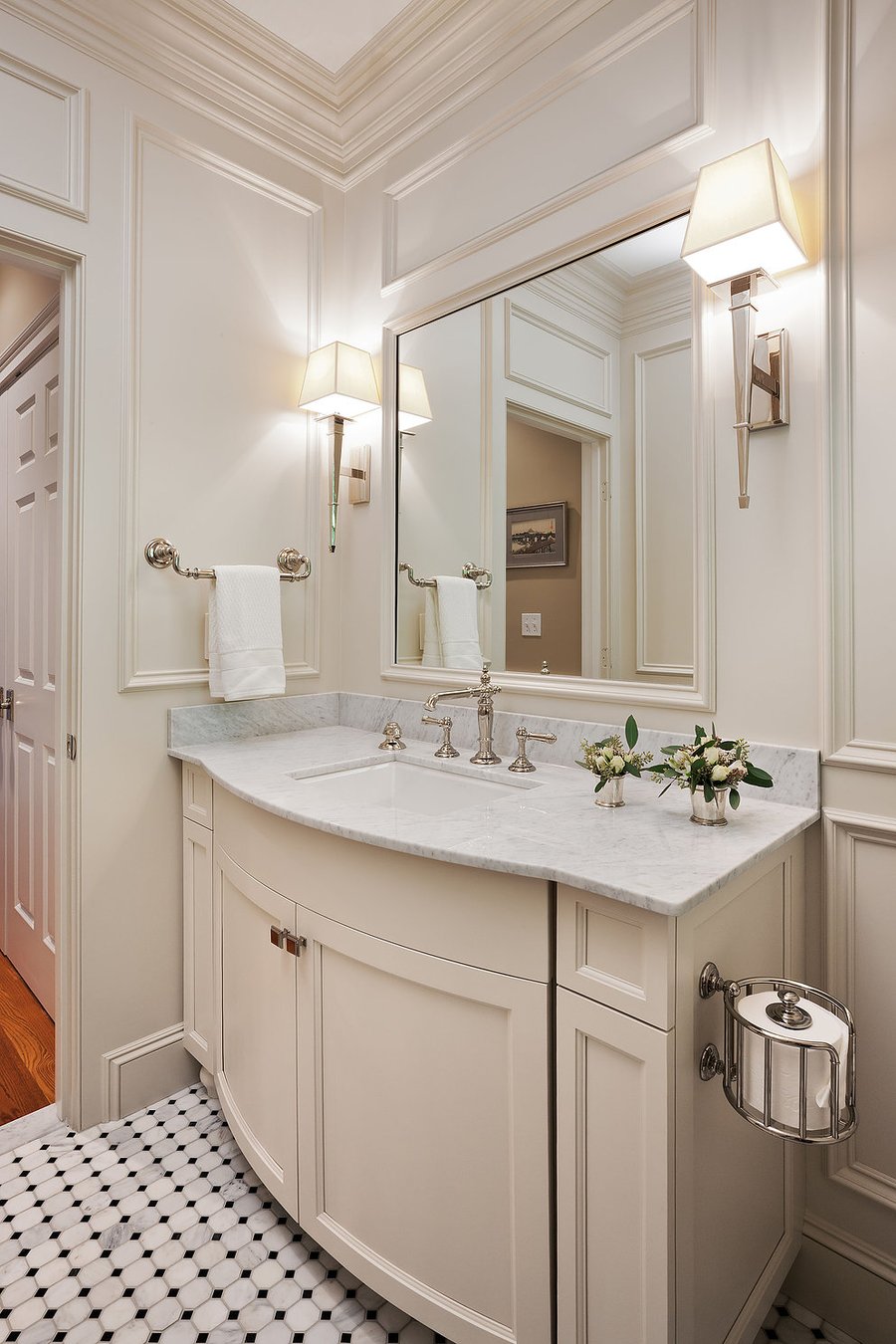
Should I Be Concerned About Water?
The saying, “water is life” could not be more true, so making sure your water is clean is beyond important. Renovation is a good time to monitor your water and make sure pipes and any filtration systems you have are working properly and not potentially causing any health concerns.
If you have well water, have it inspected regularly. You want to make sure it is safe to drink. With well or municipal water, consider also a water filtration and softening system. Otherwise, minerals can build up and corrode your plumbing and do damage to your health. If you have skin conditions, water softening will help a lot. A good water filtration and softening system will make your skin feel better. When municipal water lines are worked on, sediment is flushed through the home and will affect the flow of water in faucet aerators and shower heads. Whole house sediment filters protect the home and you. It is a good idea to change these filters twice a year.
Another way to manage water in your home is to install a water monitoring device. These devices monitor usage and shut water off automatically in the event that a water line breaks. A vacation home can especially benefit from this. Insurance companies might offer a credit for installing a monitor.
Next Steps to Remodel with Difficult Old Home Building Materials
Old home remodels often are a treasure trove of discovery. Sometimes these are fun and exciting discoveries, and other times we are discovering challenging materials that need to be dealt with the right way. Managing difficult materials during an old home renovation project requires careful planning, training, and implementation of best practices. Finding a qualified home remodeler with experience with these materials will deliver the best outcome for you and your family.
Learn more about what you need to make your older home remodeling project a success by downloading our free ebook, The Top 12 Things to Know Before Remodeling an Old Home.


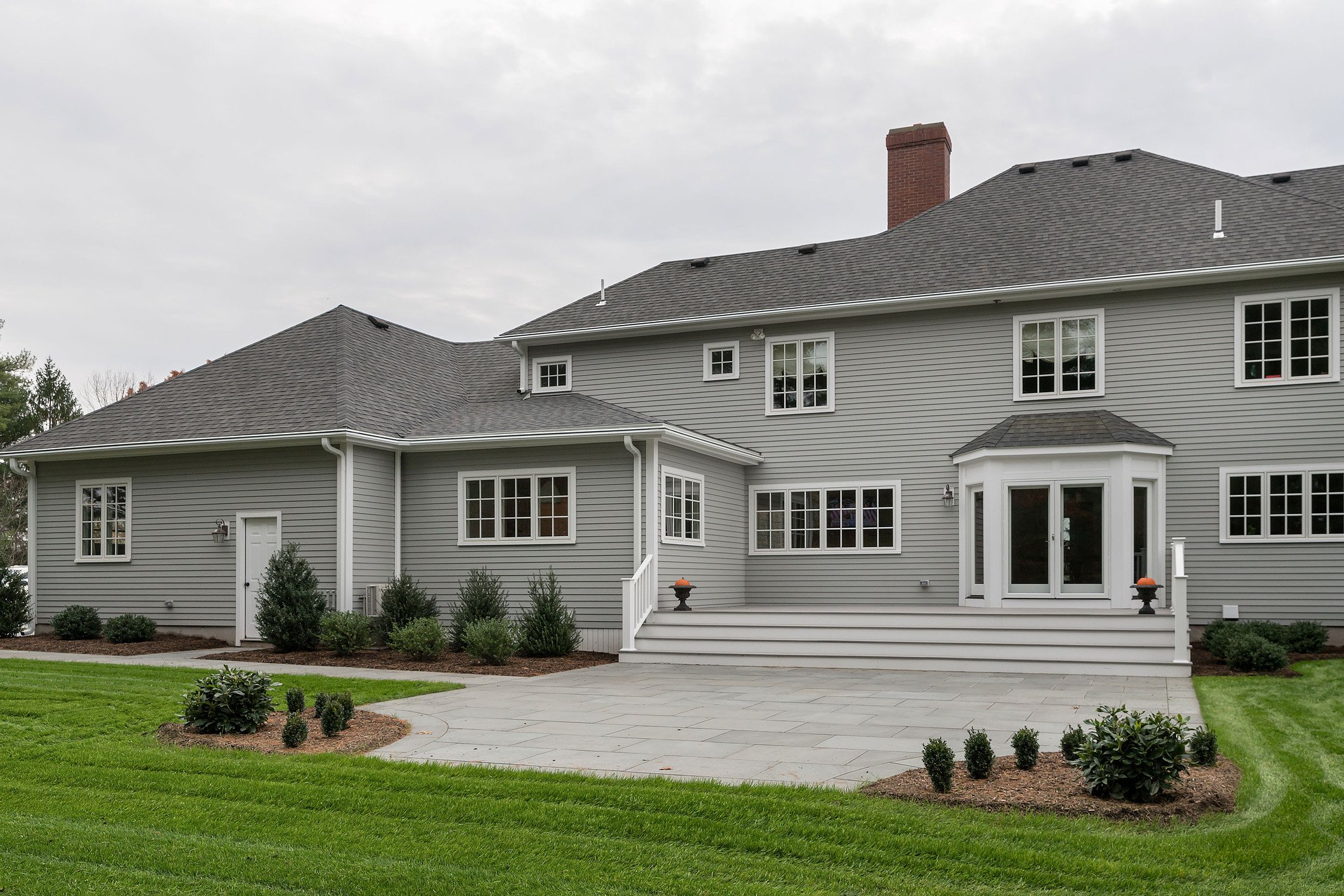


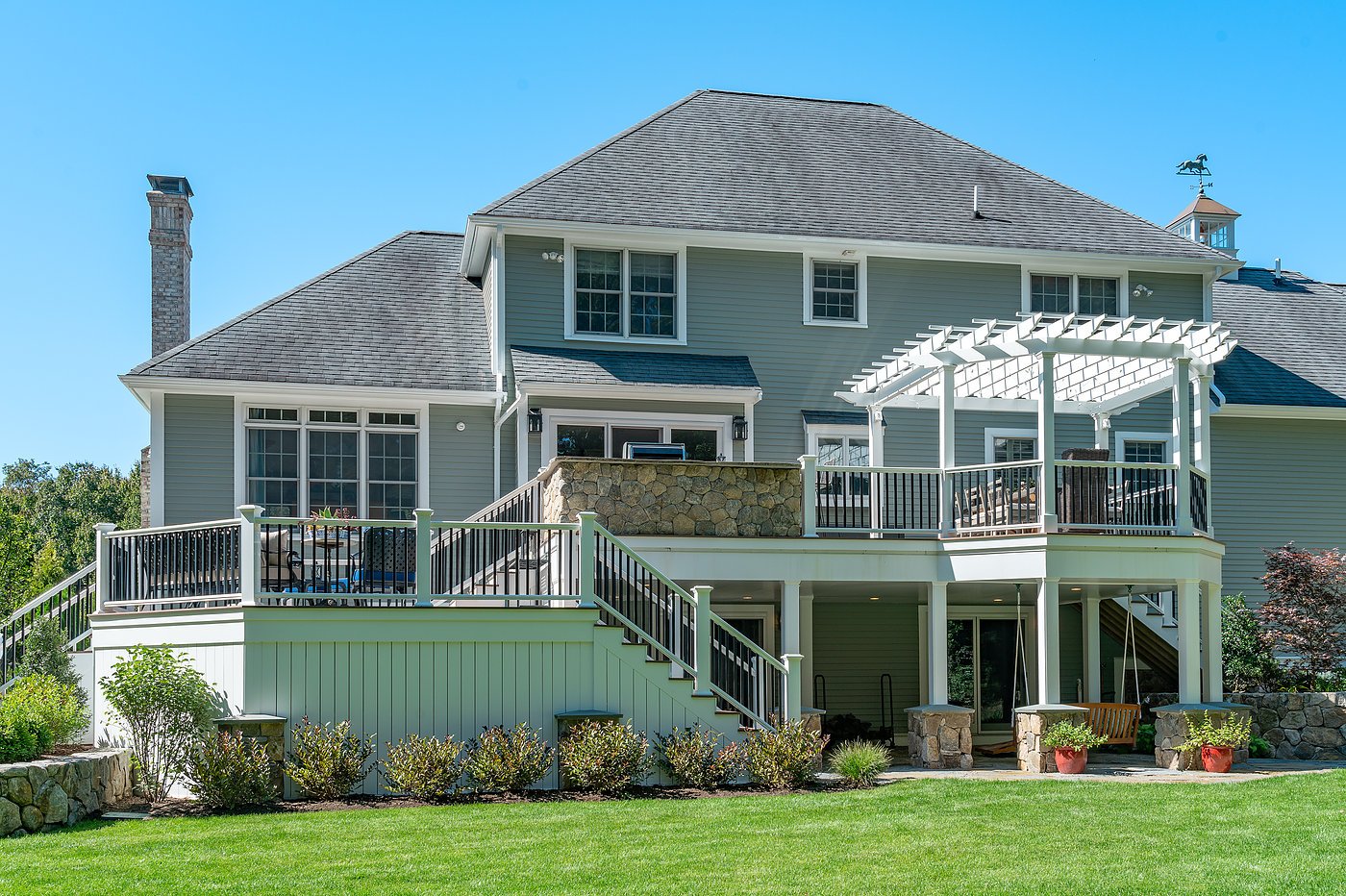
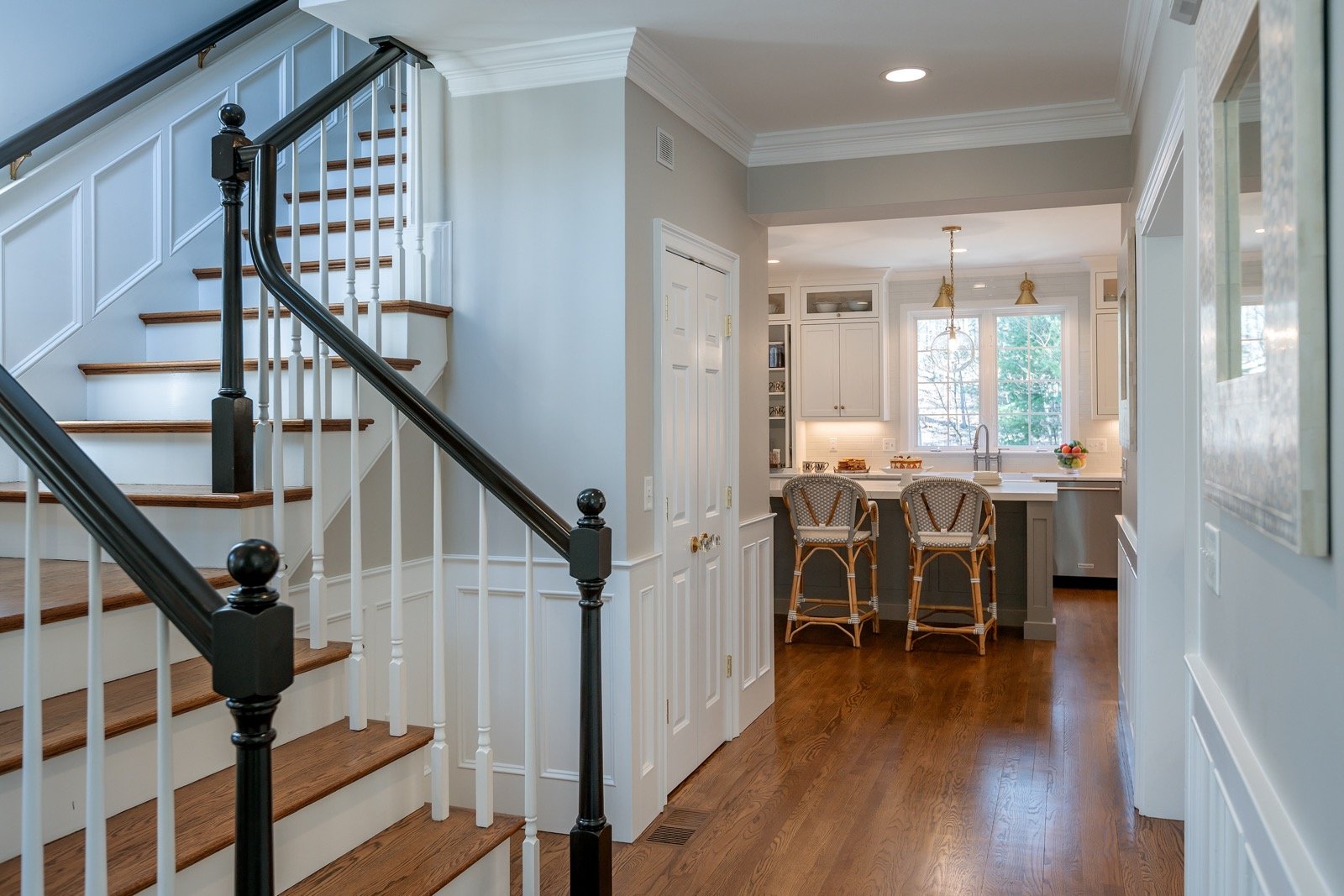
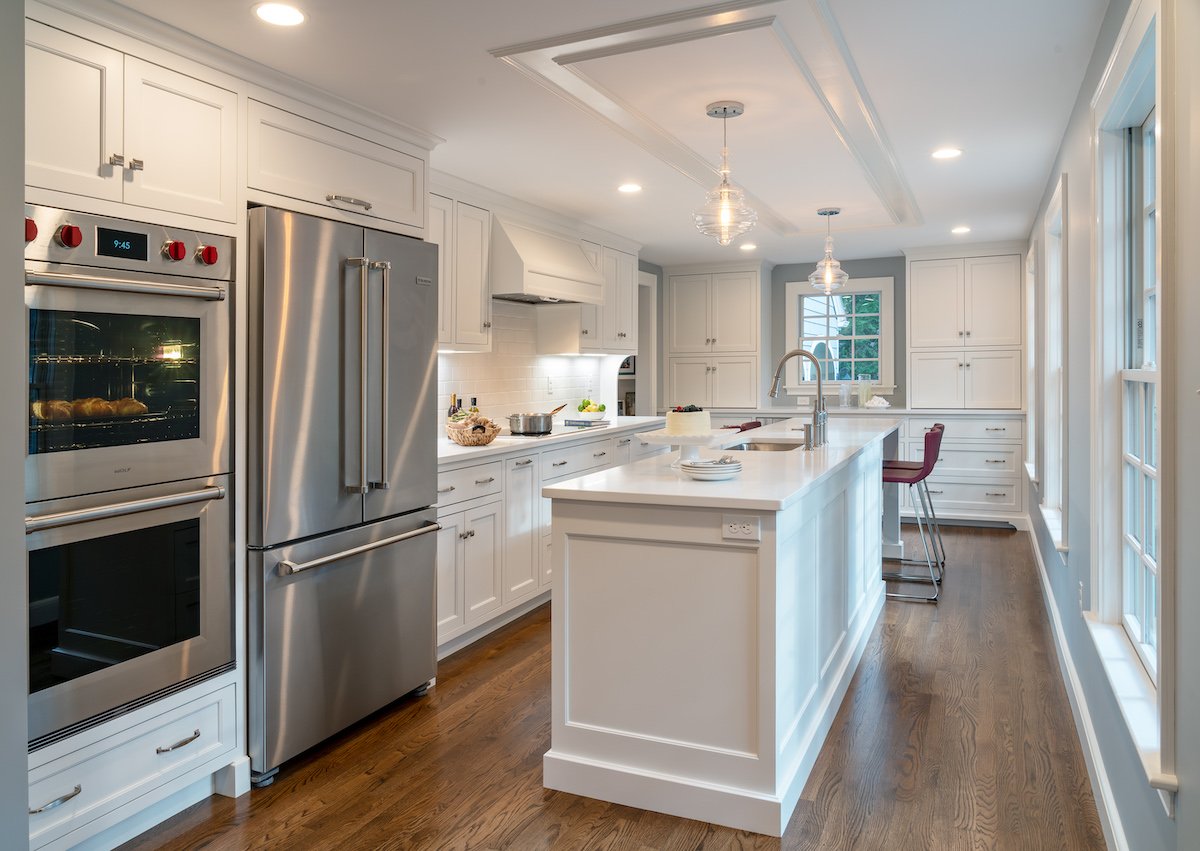
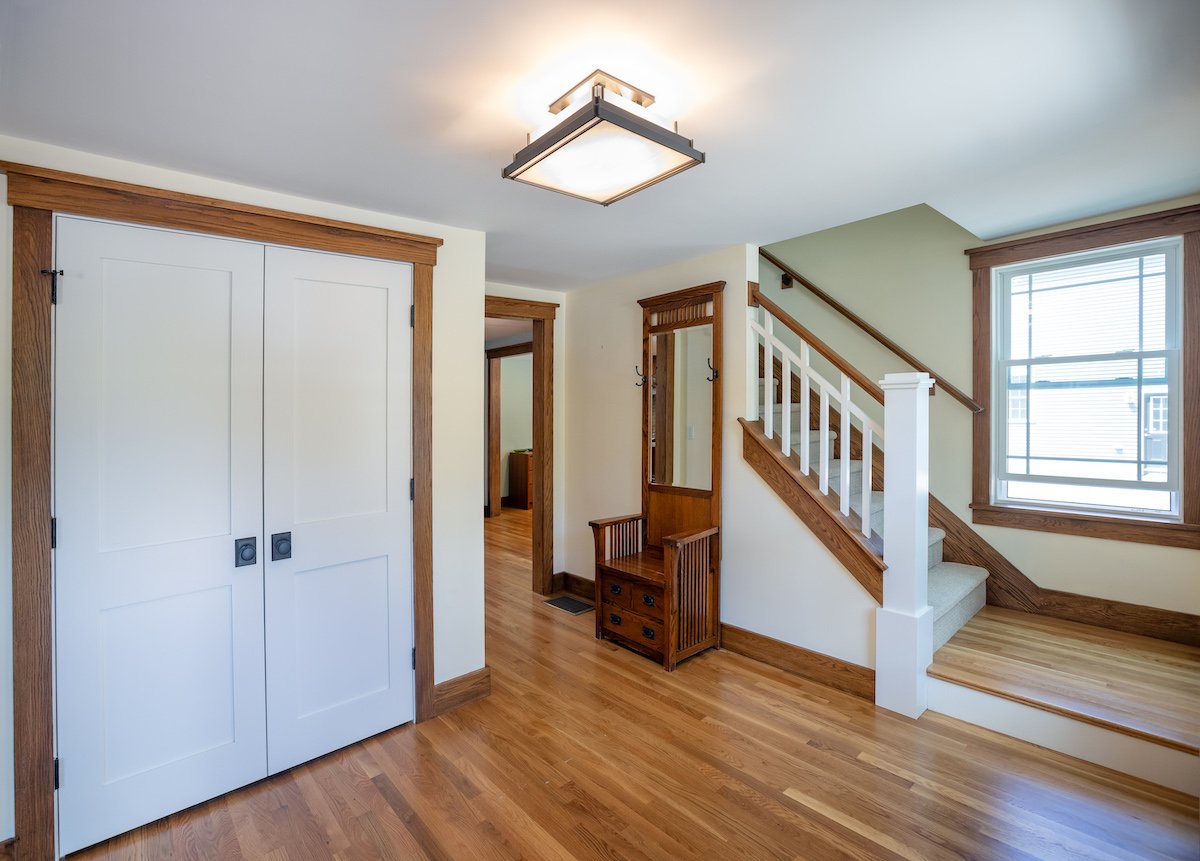
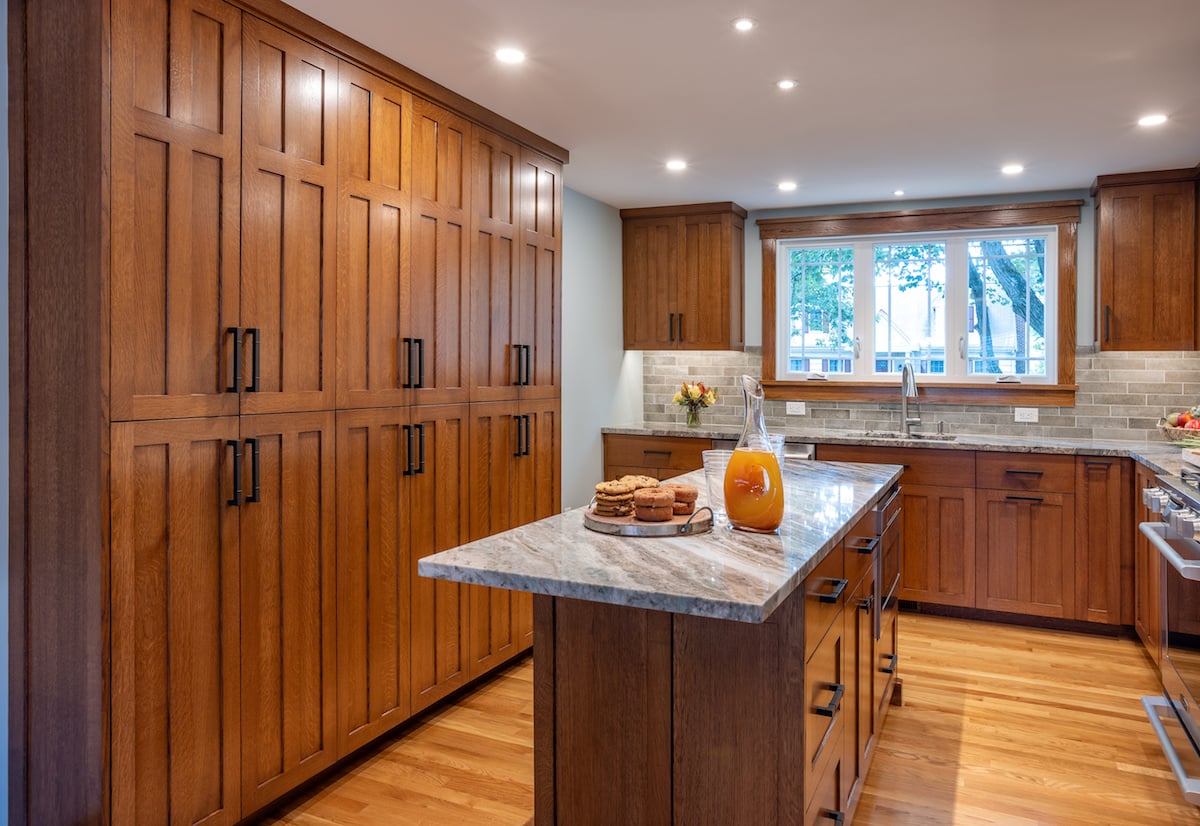
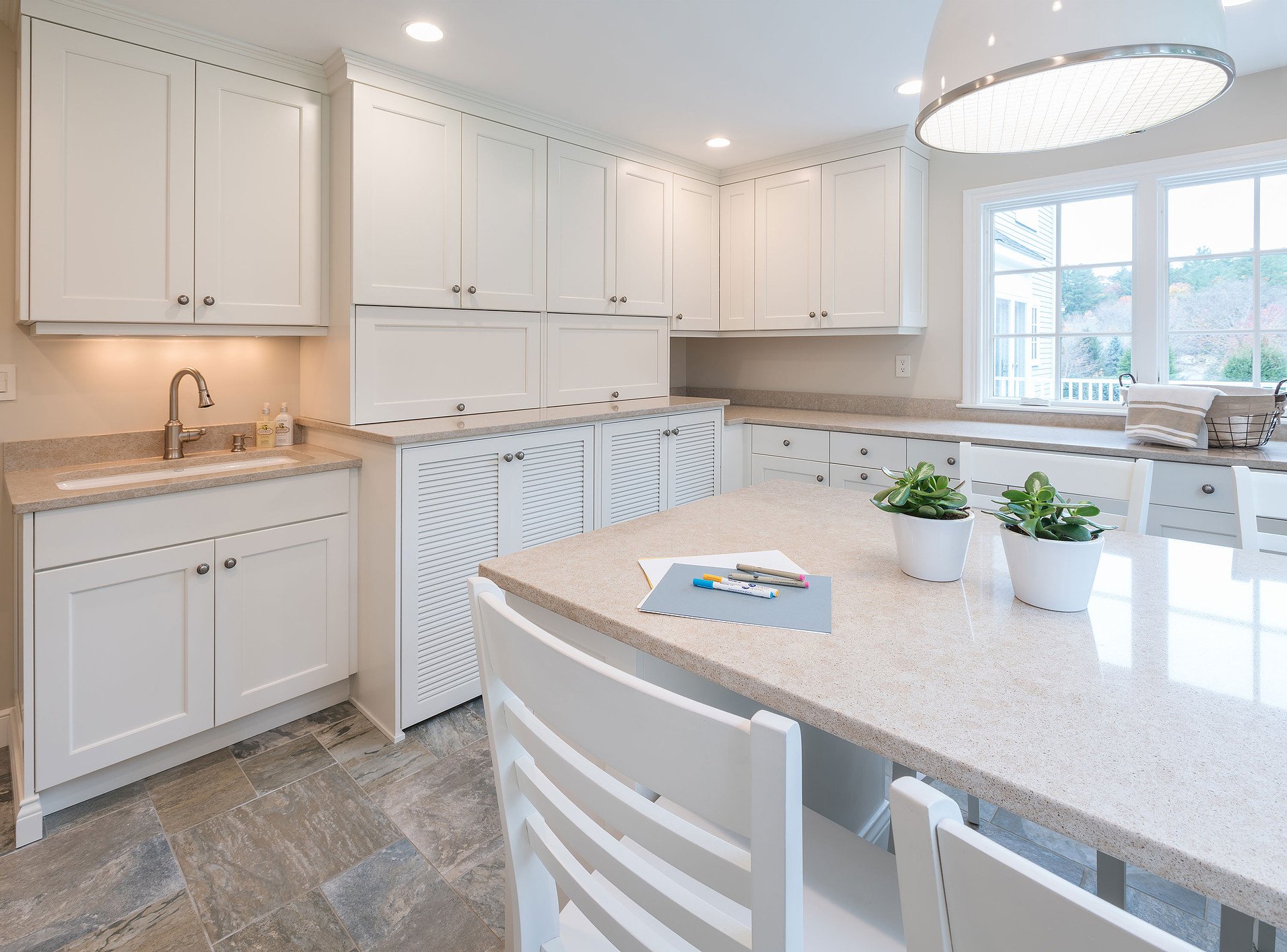

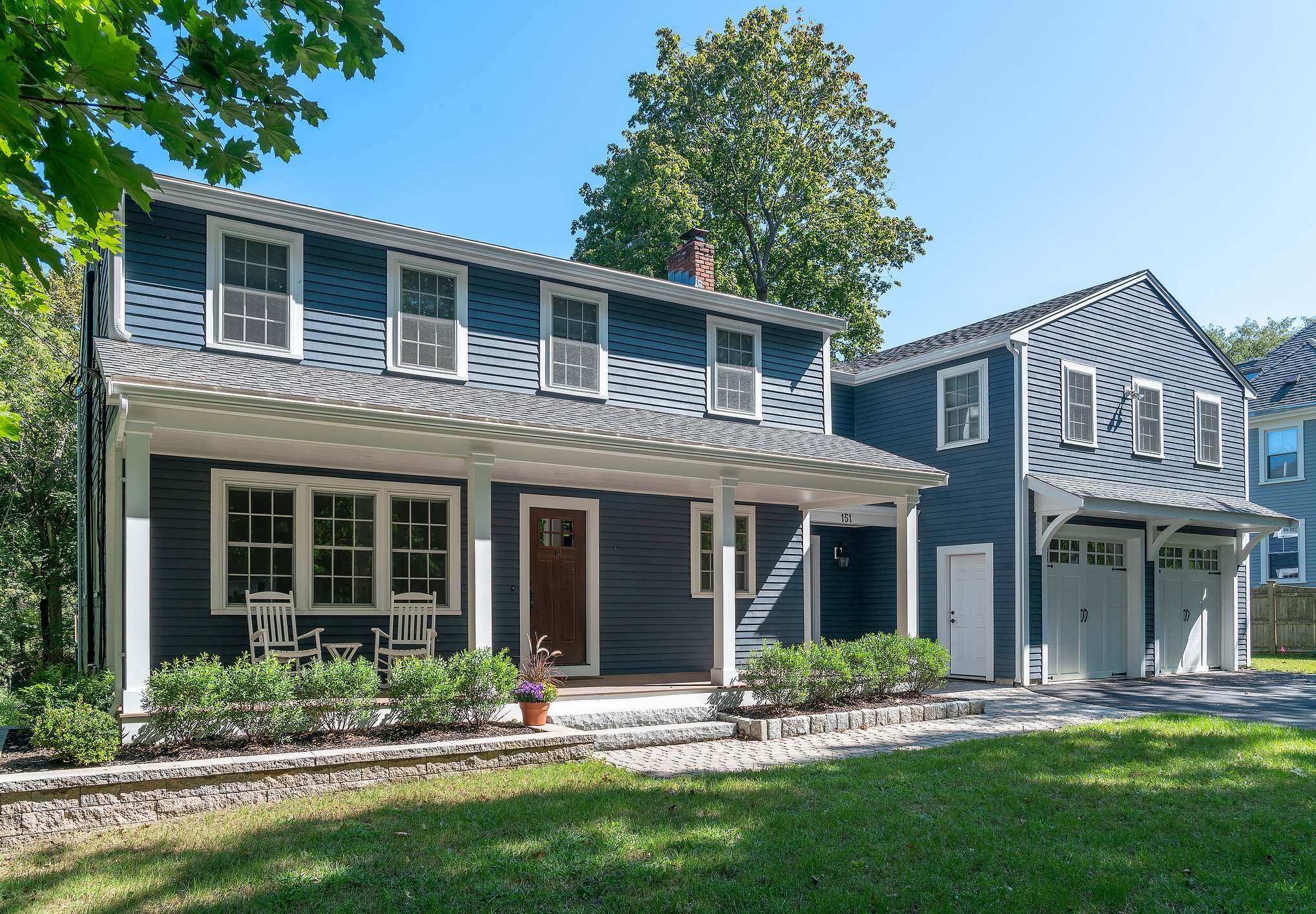
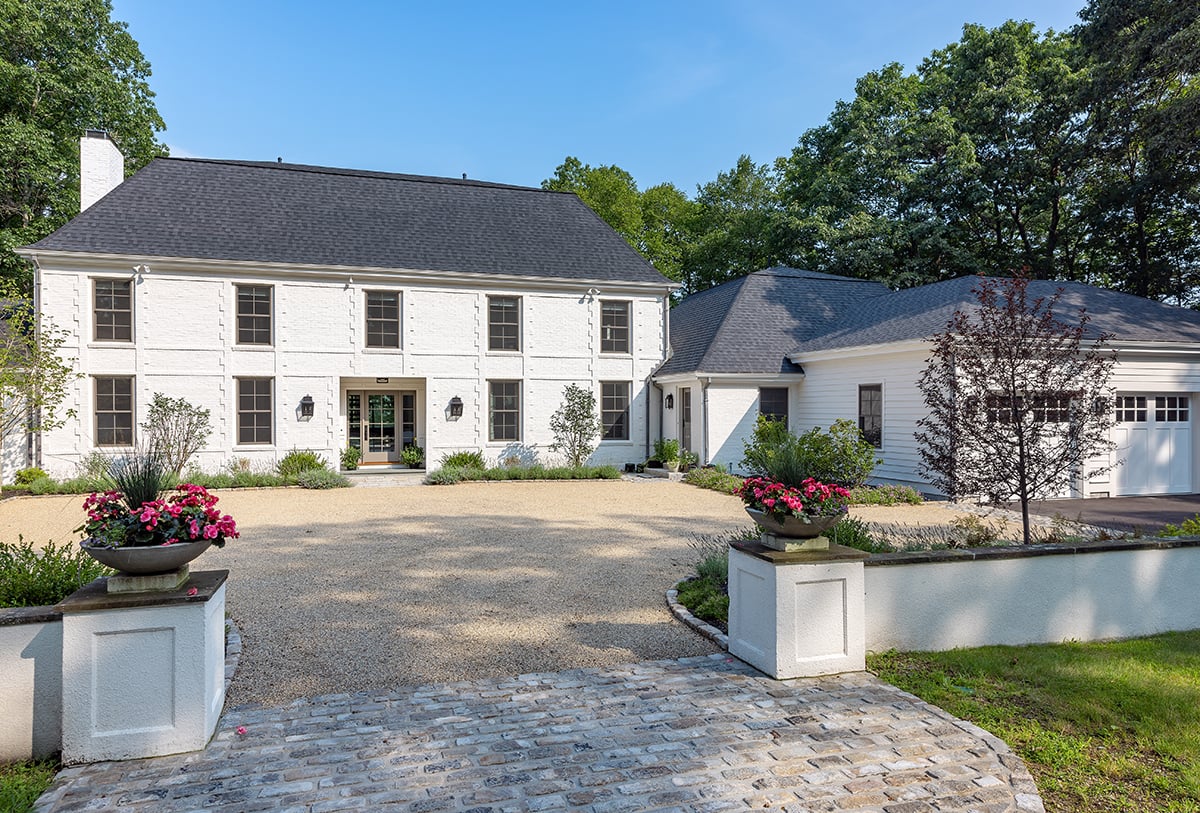
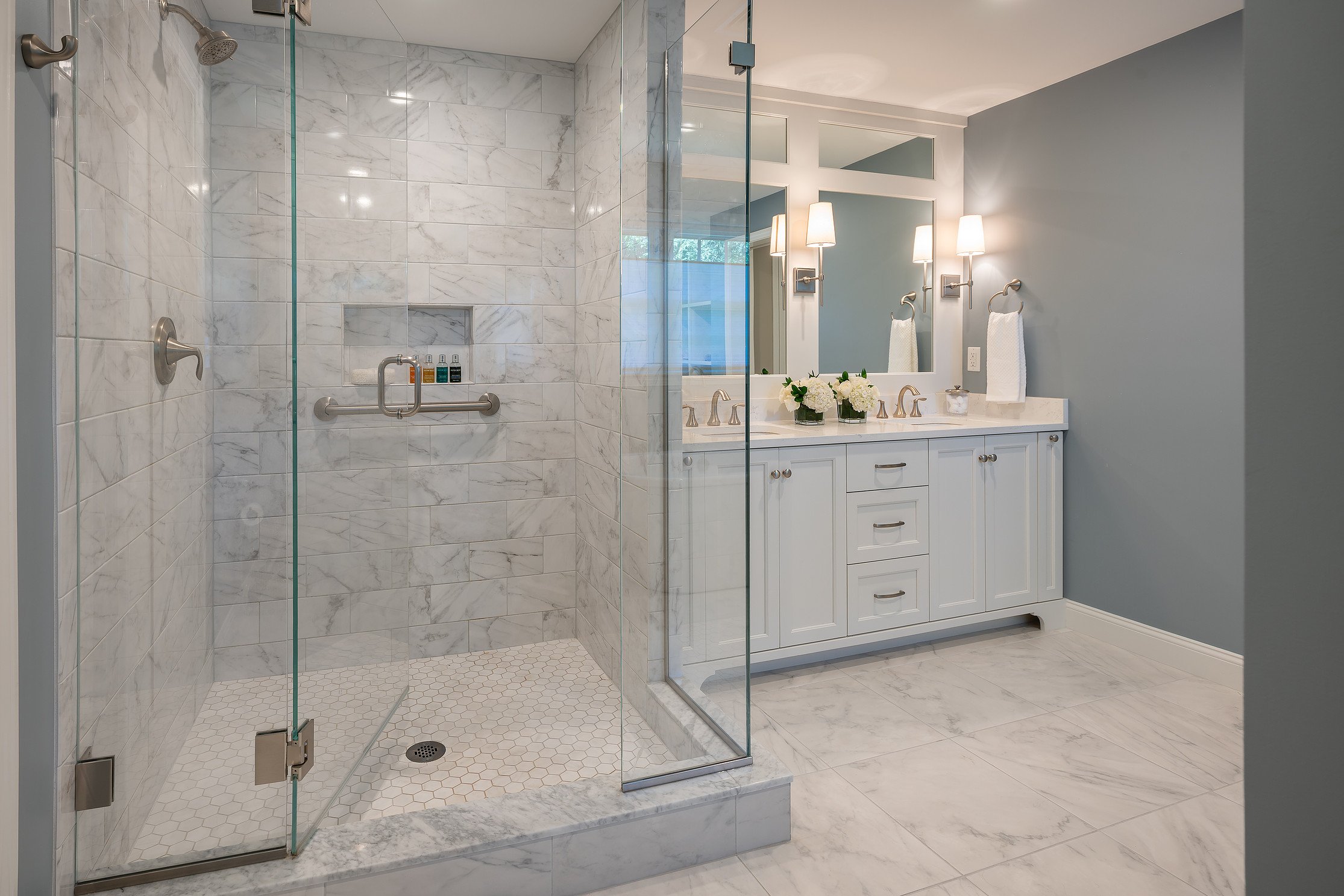
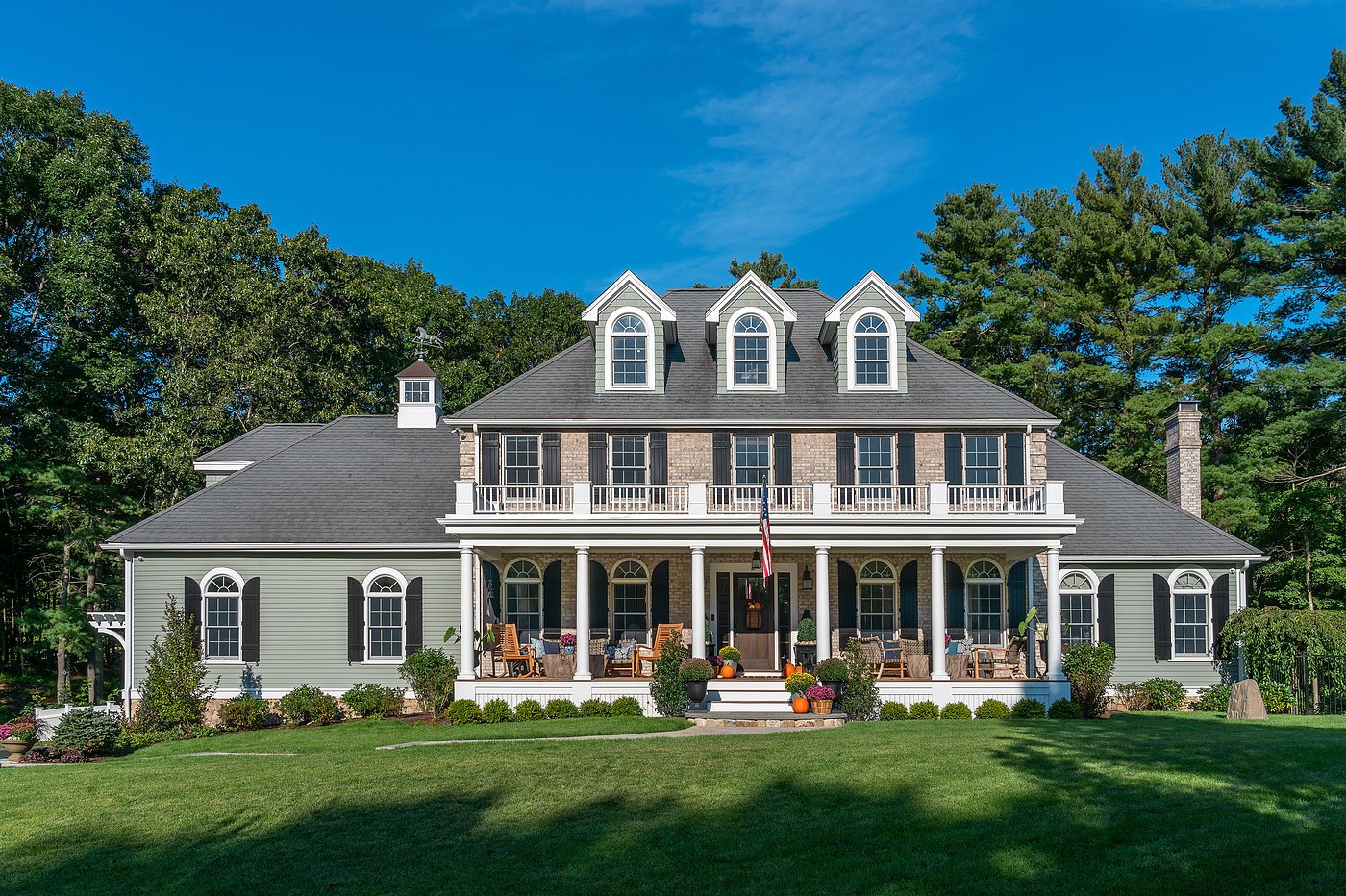
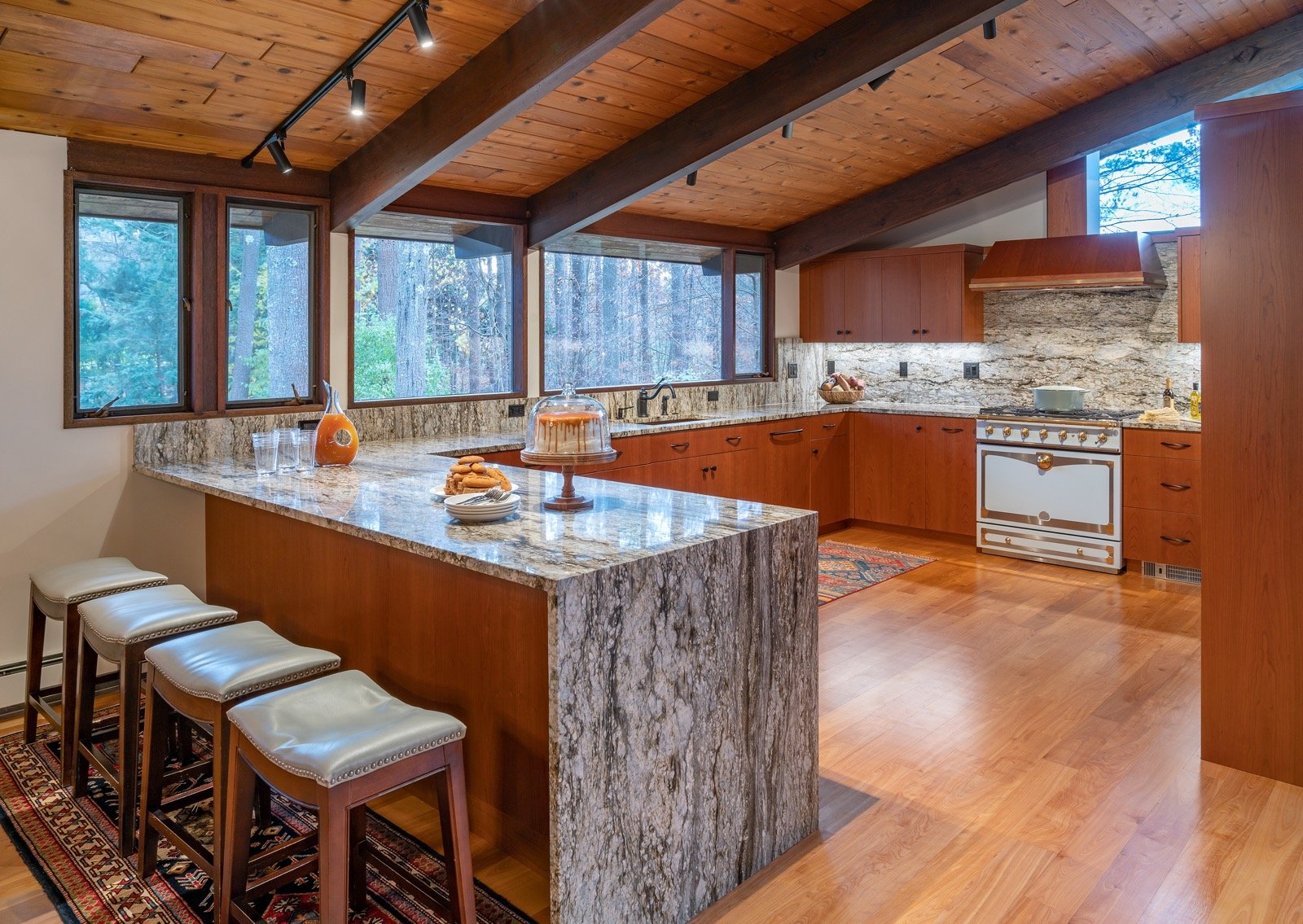
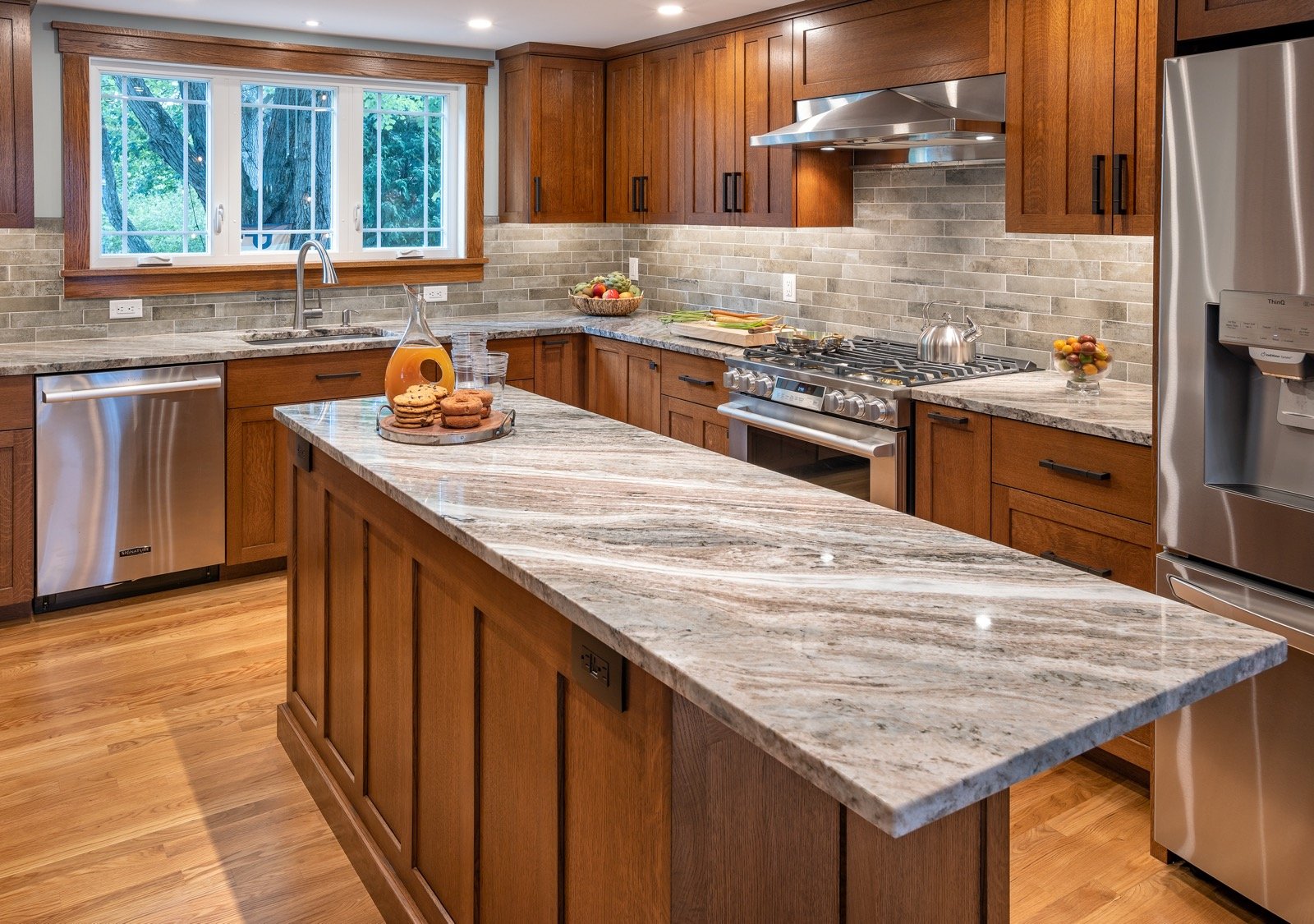
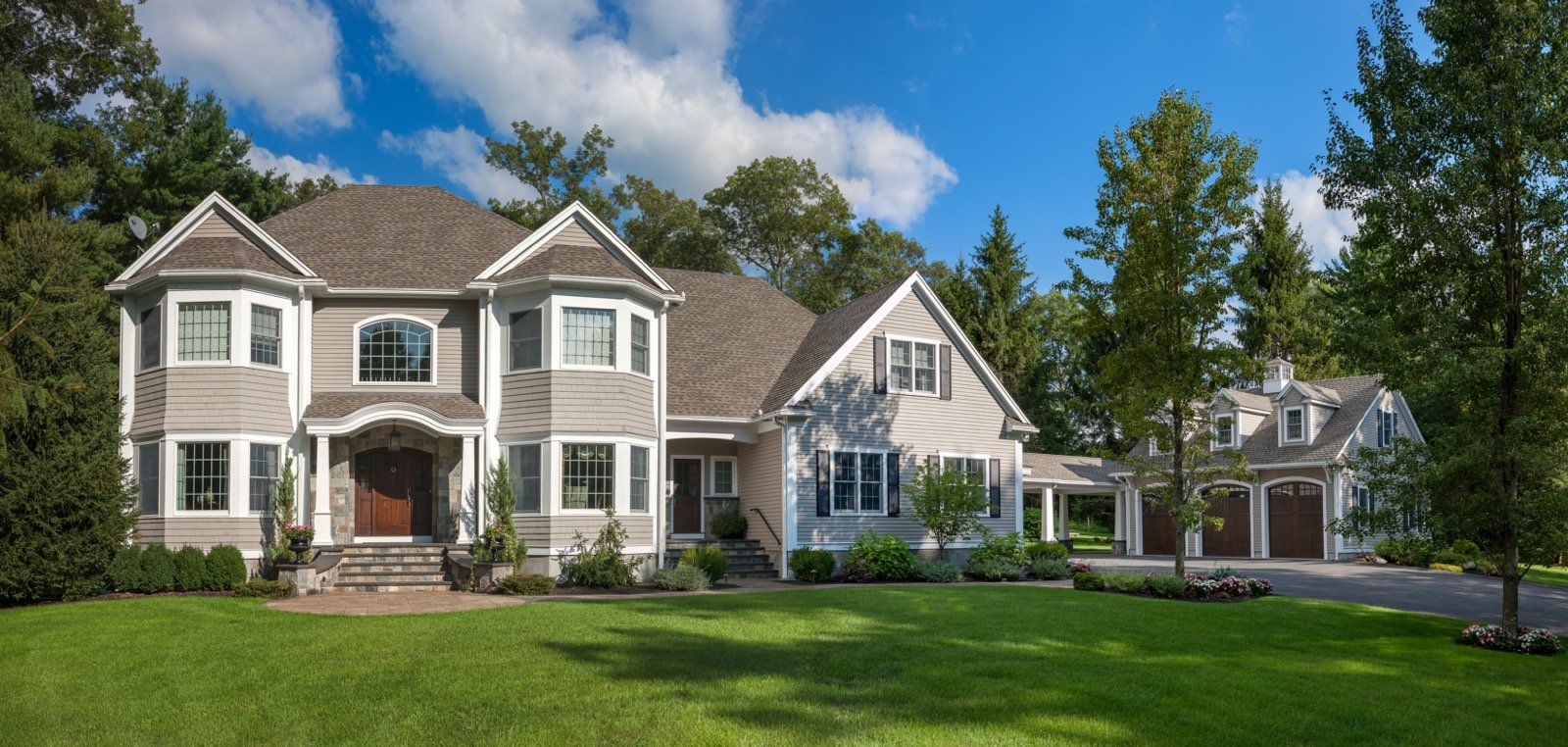
Leave a comment